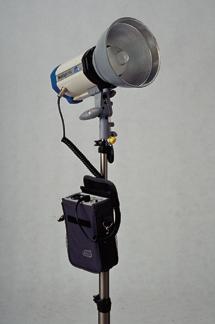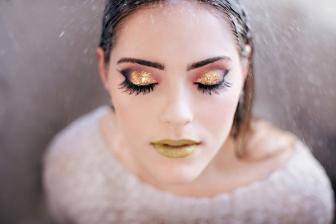Ron Eggers
|
Oct 01, 2009
|
Oct 01, 2009
|
Oct 01, 2008
|
Dec 01, 2006










